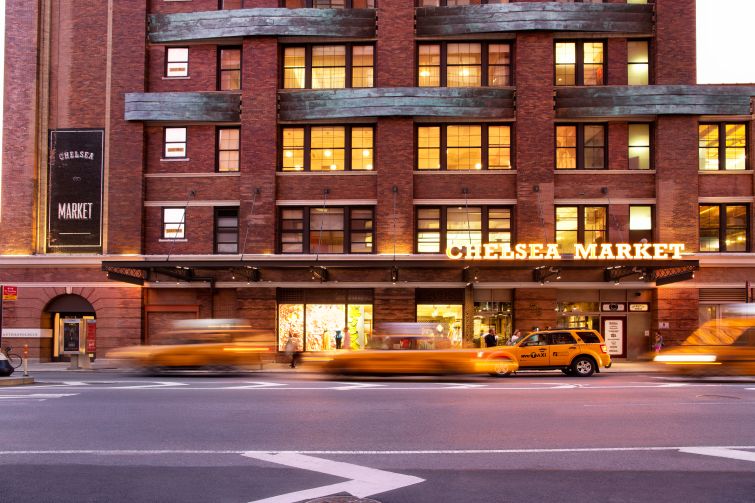The Country’s Food Hall Appetite Is Growing
By Lauren Elkies Schram April 9, 2018 4:30 pm
reprints
Nope, the food hall phenomenon is not abating.
Between 2015 and 2020, the number of operating major food halls will triple to 300 nationwide, according to a new report on food halls by Cushman & Wakefield.
At the end of 2015, when the brokerage began tracking food halls, there were 70 active food hall projects in the U.S., which rose to 86 by the end of 2016 and to 118 at the close of 2017. There should be as many as 190 open by the end of this year, as per the report.
One broker spoke of the logic of that trajectory.
“Today’s growth in retail is all about ‘entertainment, experience and interactivity,’ ” said John Brod, a partner of ABS Partners Real Estate. “I can’t think of a more ‘experiential’ retail experience than a food hall—which in addition to ‘interactivity’ appears to our senses of sight taste and smell. The food hall experience hits all the important levers. Additionally the food hall has become a destination for tourists. Walk into Eataly or the Grand Central Market at any time and you will hear a multitude of languages being spoken or someone taking pictures or selfies.”
There are 44 food hall projects—which typically range from 10,000 to 50,000 square feet—under construction and slated for completion through 2020 in the U.S., plus 23 in the planning stages. In addition, over the next couple of years, 30 mall-based food halls could bow.
New York in particular has become a hotbed for food halls, with its oldest one coming into the spotlight recently. As Commercial Observer reported last month, Google purchased the building that is home to the 165,000-square-foot Chelsea Market for $2.4 billion. Chelsea Market is just one of 25 permanent food halls in Gotham with 10 others under construction, in development or rumored to be underway, C&W determined.
While they are popping up at a fast pace, few have closed. C&W found that only four such projects in the U.S. closed in the last two years (one of those a temporary project that didn’t fail), and in New York, no permanent food halls have closed.
Greg Tannor, a principal at Lee & Associates NYC, pointed to the variety that food halls offer.
“Food halls are proliferating because customers are still enjoying options,” Tannor said. “When a group is meeting up for lunch, be it colleagues, business associates, clients, friends and even families, it’s hard for everyone to decide what they want to eat. Rather than settle and pick a restaurant that nobody is going to be happy at, food halls offer a variety of choices to please everyone’s taste buds. In addition, food halls have been offering great co-working space. Tables are typically communal and offer a setting for people to work and/or just hang out.”
The C&W report notes that 40 percent of millennials will order something different every time they visit the same restaurant and 55 percent of them favor communal tables when dining out.
E-commerce may be impacting retail, but you can’t create a food hall experience online.
“Food halls have become a unique and exciting experience, and not something that can be done or experienced online,” said SCG Retail Managing Partner David Firestein. “Previously an afterthought, they are now drivers of shoppers.”


